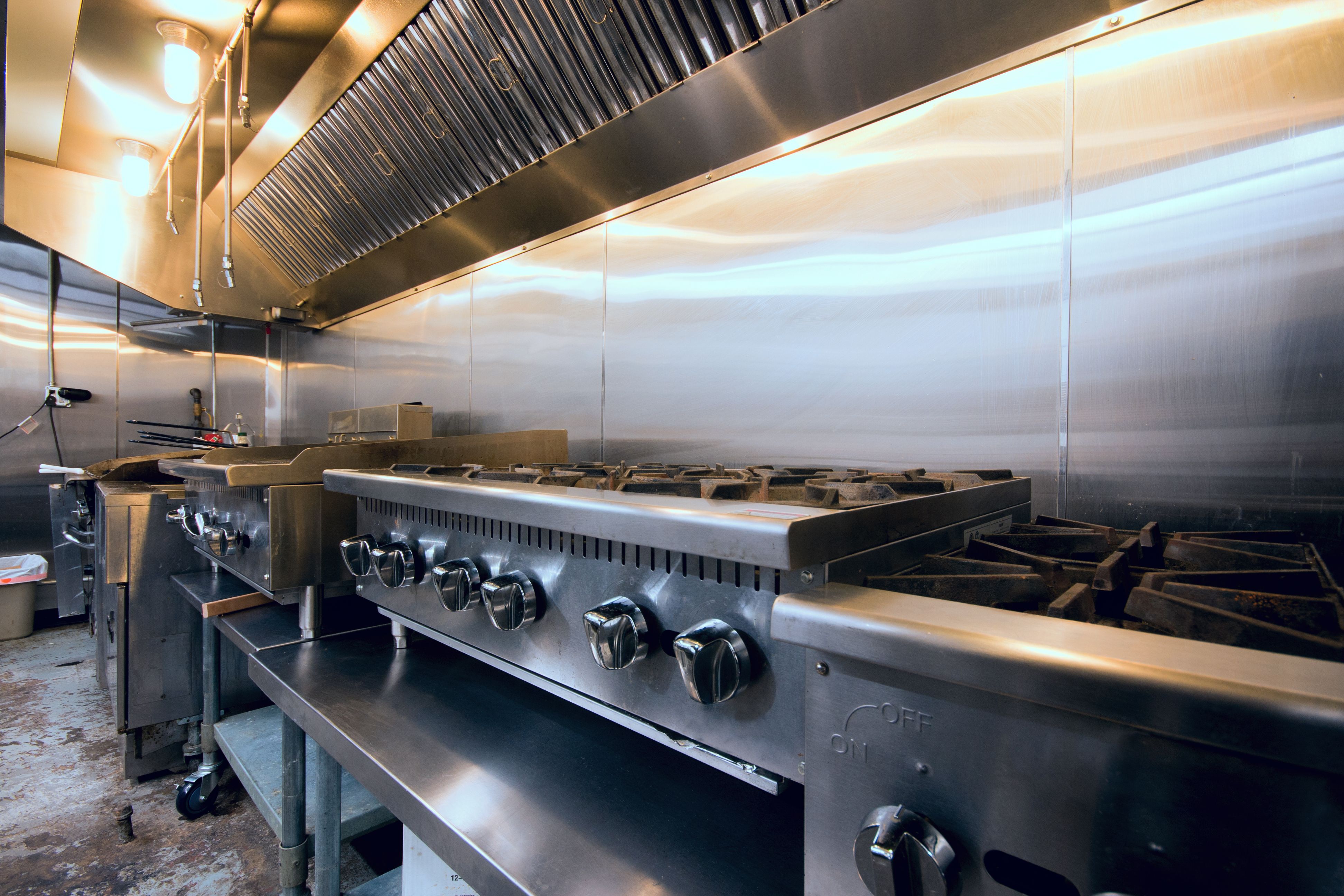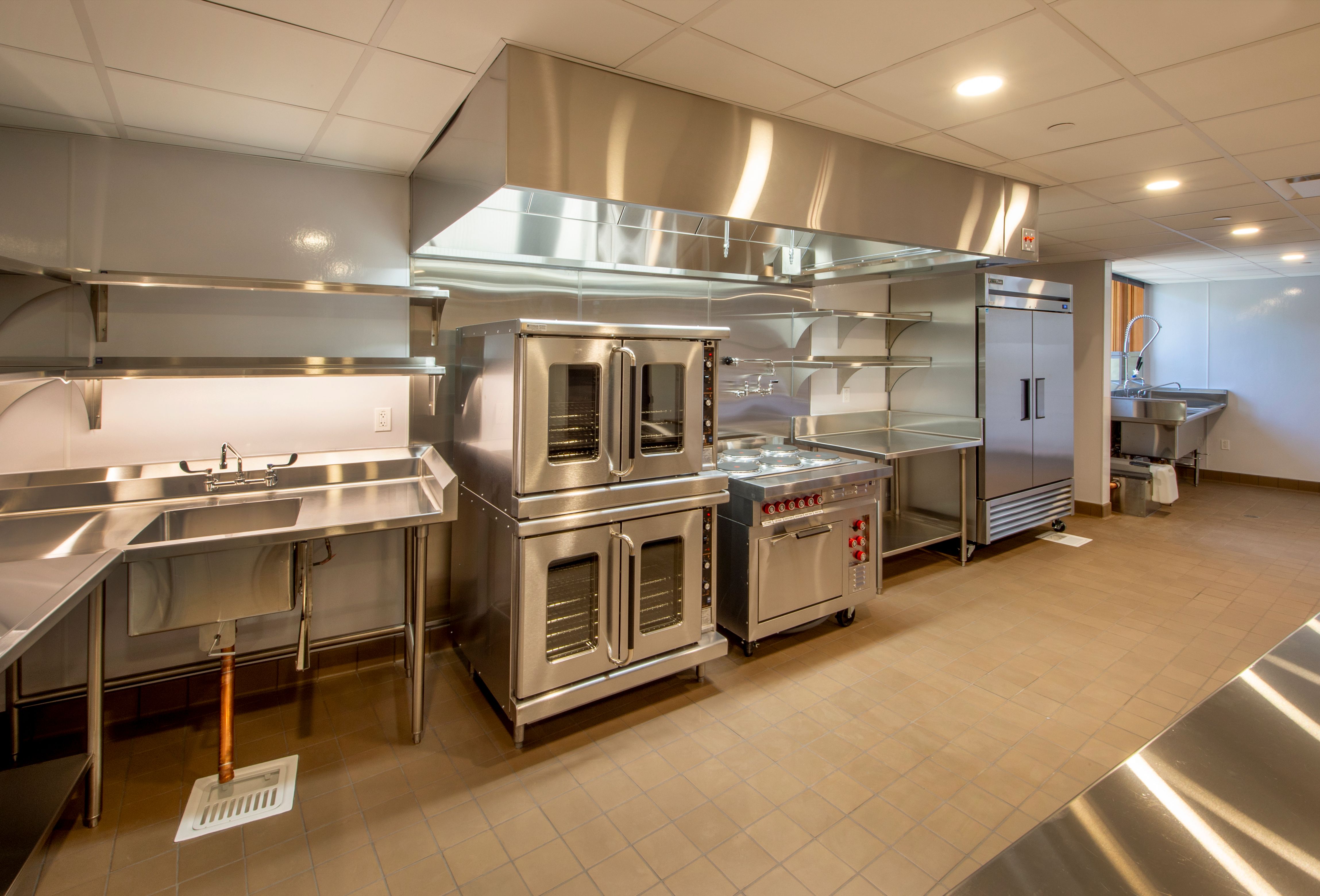Ensuring Air Quality: Ventilation and Exhaust Systems in Restaurants
Introduction to Air Quality in Restaurants
Maintaining optimal air quality in restaurants is crucial for both the comfort and health of patrons and staff. Poor ventilation can lead to a buildup of cooking odors, smoke, and potentially harmful contaminants. Ensuring effective ventilation and exhaust systems is not just a health requirement but also a key factor in creating a pleasant dining environment.
The Importance of Proper Ventilation
Proper ventilation ensures that fresh air circulates throughout the restaurant, diluting and removing indoor pollutants. It helps in maintaining the right temperature and humidity levels, which are essential for both food safety and customer comfort. Without adequate ventilation, restaurants could face issues such as unpleasant odors, increased humidity, and even mold growth.

Components of an Effective System
An effective restaurant ventilation system typically includes several components such as hoods, fans, ducts, and filters. Each plays a significant role in ensuring that smoke, grease, and odors are effectively extracted from the kitchen environment.
Exhaust hoods are installed above cooking appliances to capture heat, smoke, and grease-laden vapors. These hoods are connected to a duct system that guides the air out of the building. The choice of exhaust hood depends on the type of cooking equipment used and the volume of food prepared.
Choosing the Right Exhaust System
The exhaust system is the backbone of a restaurant's air quality strategy. Selecting the right system depends on several factors including the size of the kitchen, types of food prepared, and local building codes. High-efficiency exhaust fans are essential to ensure that airborne contaminants are effectively removed from the kitchen space.

Regular Maintenance is Key
Regular maintenance of ventilation and exhaust systems is crucial to ensure they function optimally. This includes cleaning filters, ducts, and hoods to prevent grease build-up which can be a fire hazard. Regular inspections can also help identify any issues before they become significant problems.
Routine maintenance schedules should include professional cleaning services to ensure compliance with health regulations and to extend the lifespan of the equipment.
Benefits of Good Air Quality
Ensuring good air quality in a restaurant has numerous benefits beyond regulatory compliance. It improves employee productivity by creating a comfortable working environment, reduces the risk of respiratory issues, and enhances the overall dining experience for customers. A well-ventilated space is also likely to lead to positive reviews and repeat business.
Innovative Solutions and Technologies
Advancements in technology have introduced innovative solutions for managing air quality in restaurants. Modern systems often integrate smart technologies that allow for real-time monitoring and adjustments based on air quality metrics. These systems can optimize energy use while maintaining ideal ventilation conditions.
Conclusion
In conclusion, ensuring proper ventilation and exhaust systems in restaurants is not just about meeting legal requirements but creating a safe, comfortable, and welcoming environment for all. By investing in high-quality systems and regular maintenance, restaurant owners can protect their business and enhance customer satisfaction.
Commercial Kitchen Marketplace
Your one-stop online destination for equipping professional kitchens. Discover a wide selection of durable, high-quality commercial-grade appliances, from heavy-duty ovens and refrigeration units to efficient food preparation tools and essential kitchenware. Visit our store: http://avice.org
